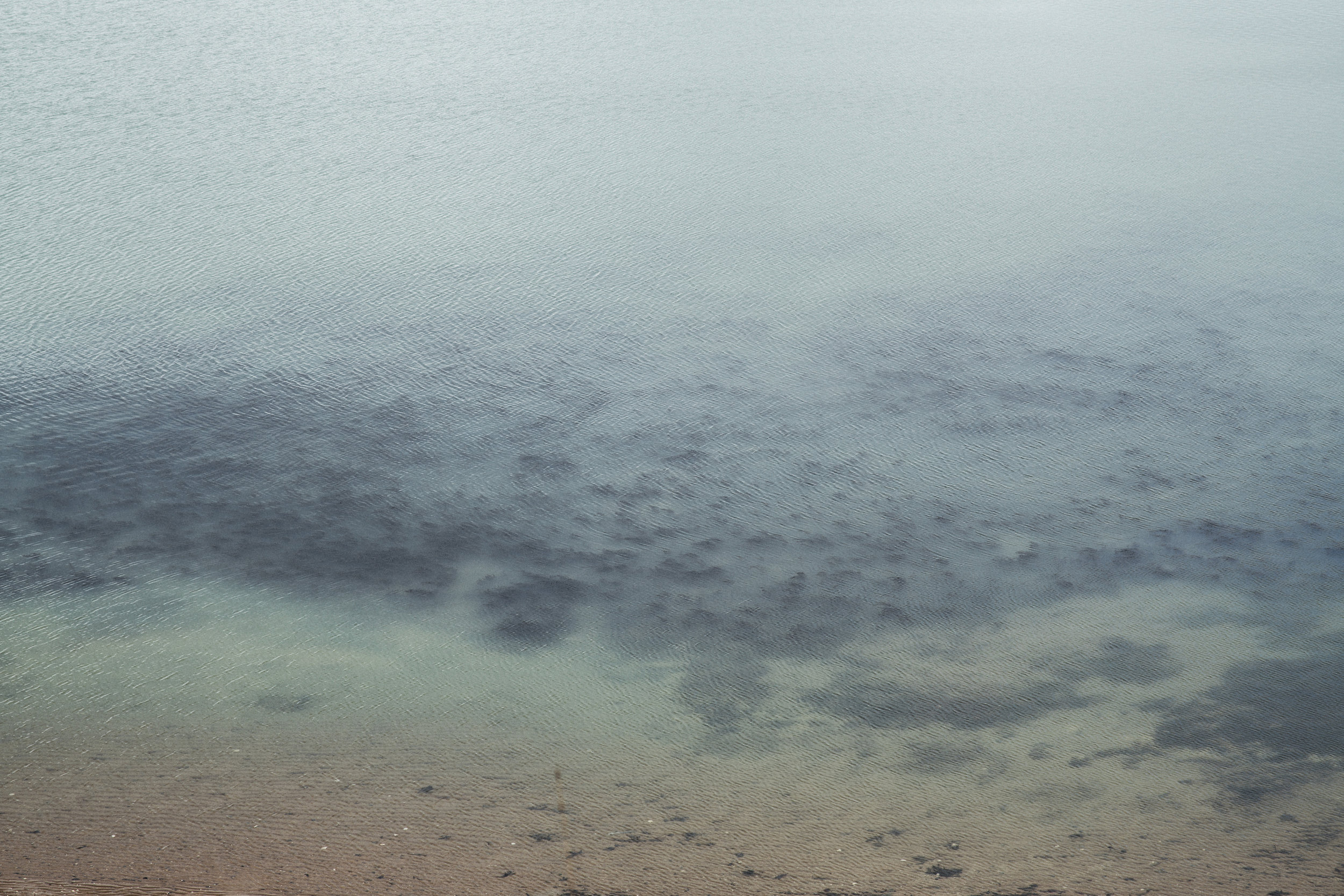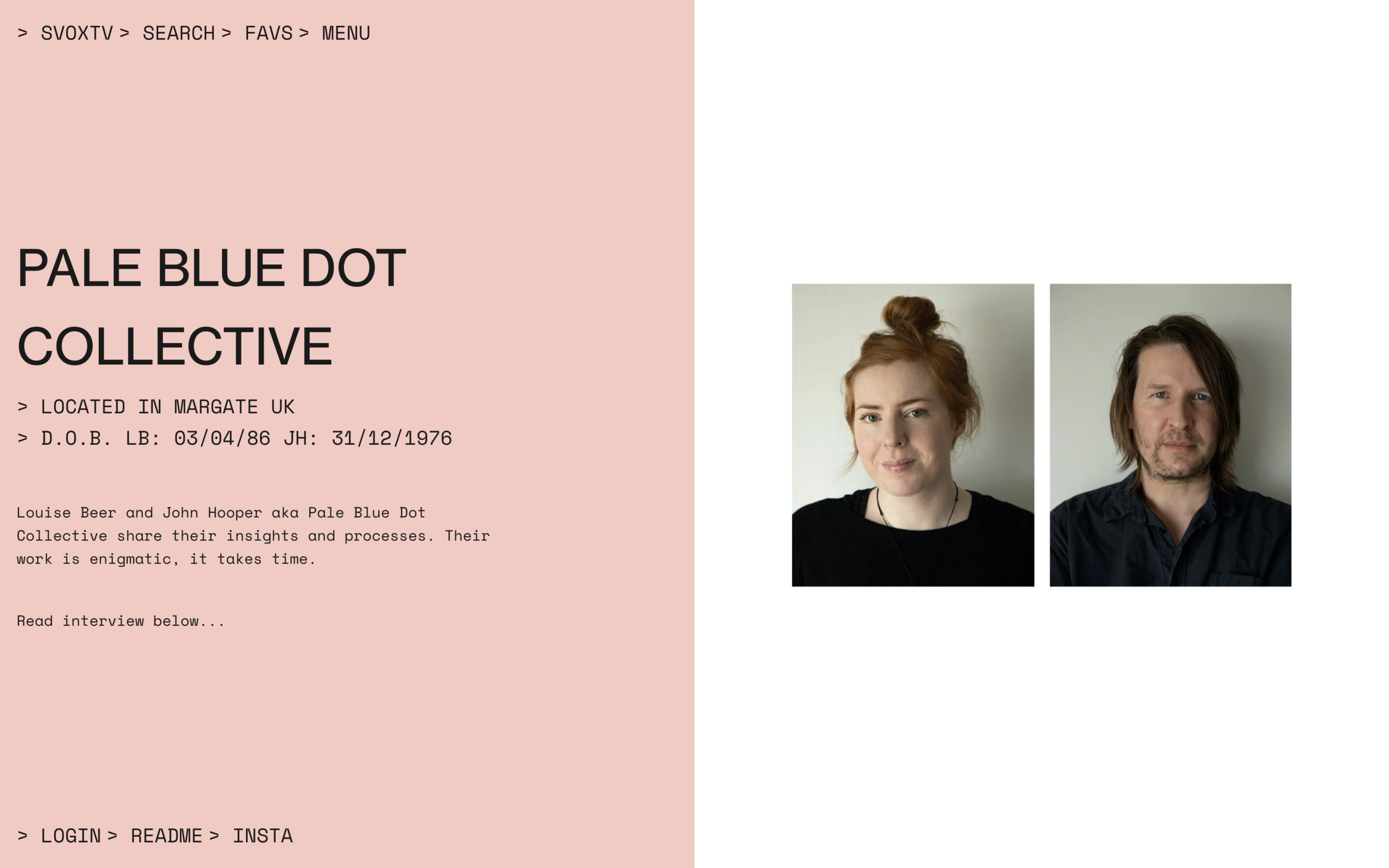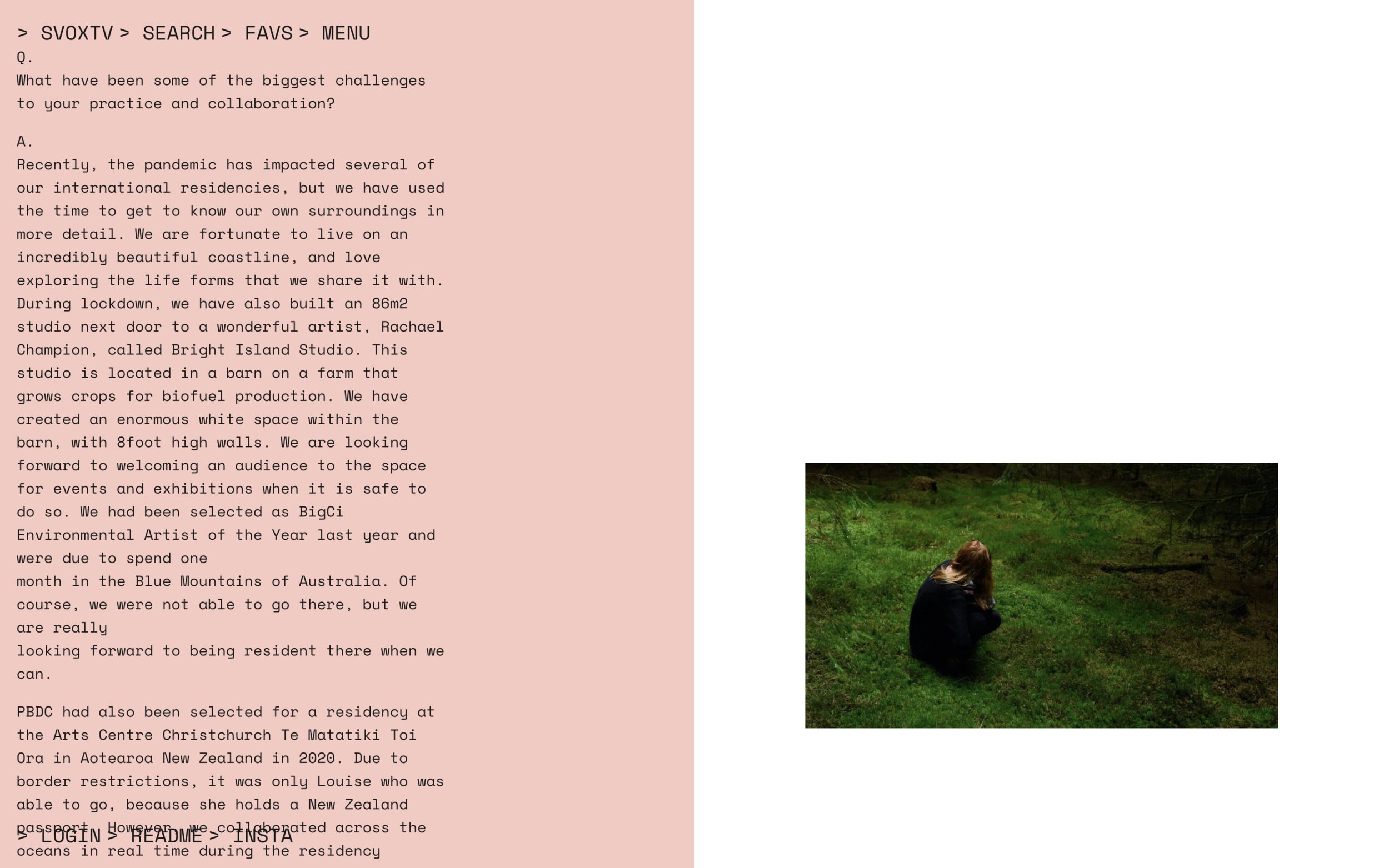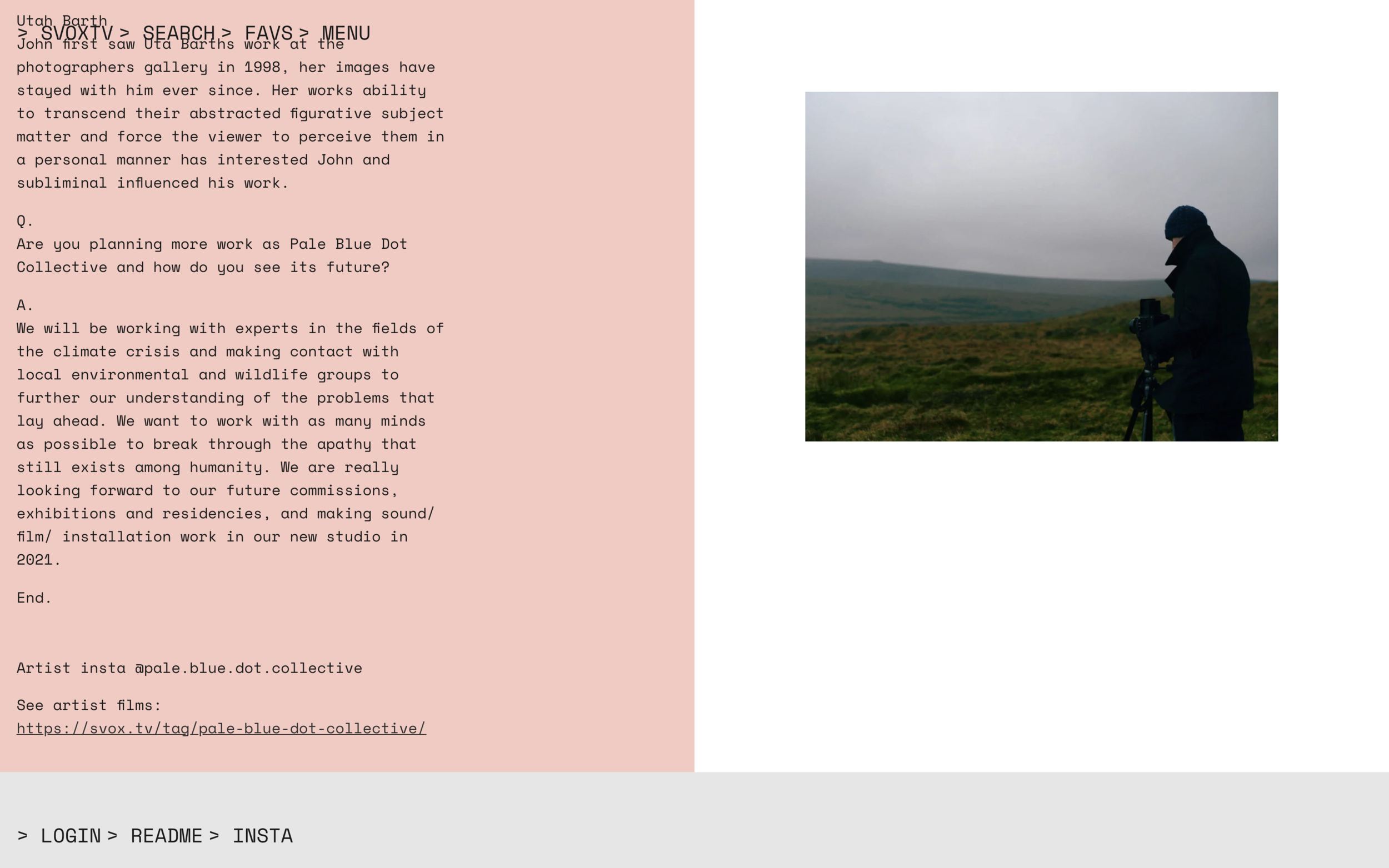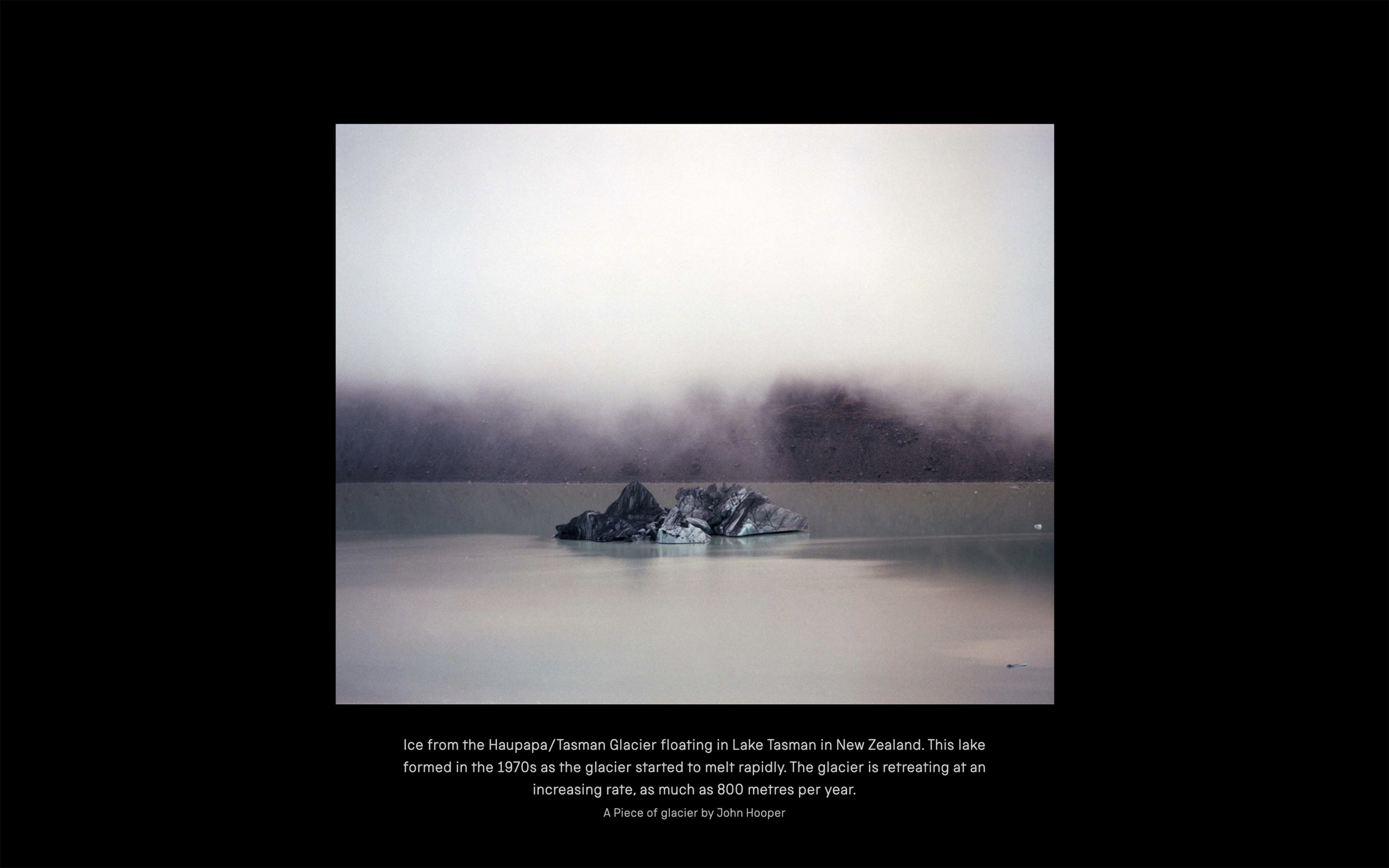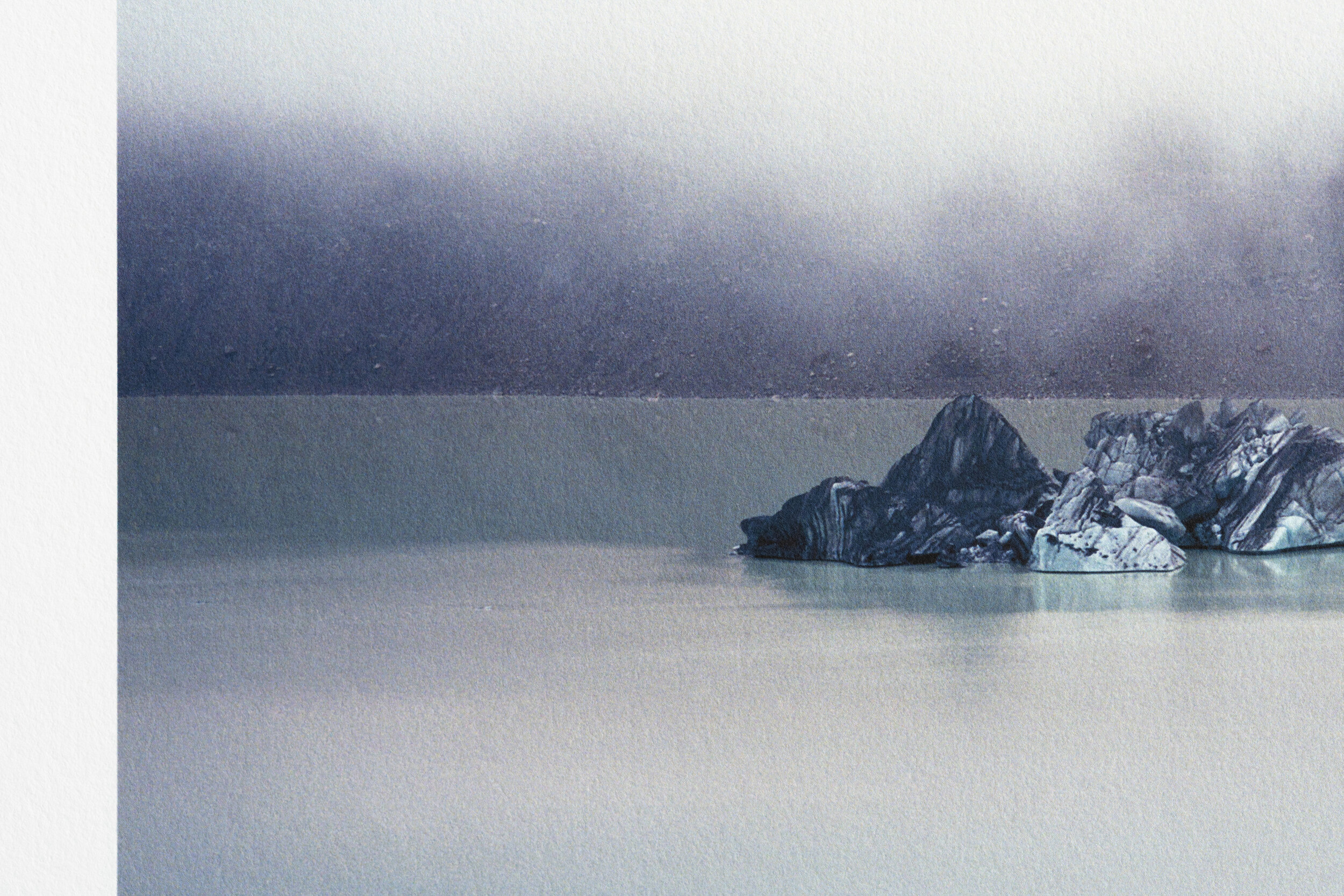Margate and Broadstairs waste water pumping station. Shot on Fujifilm GFXs ii, Pentax smc 645 a 75mm f 2.8 adapted with Fotodiox Pro TLT ROKR - Tilt/Shift Lens Mount Adapter.
*This is intensely mind numbing if not interested in third party tilt shift for GFX cameras and even then it borders on Amateur Photographer.* I was looking for a slightly longer shift lens for my Fujifilm GFX cameras. I’ve been using the 30mm f/5.6 and that’s great for most things so here I will explain my quick test with the adapted Pentax 645 75mm and things I noticed. This isn’t particularly technical and entirely my experience when using the lens and a Fotodiox adaptor.
First the Adaptor, No one seems to stocks these in the UK so I couldn’t see them before choosing which to buy. There are many options online but not much info even from the manufacturers website and I despise forums even when they are helpful the lack of real world knowledge is hilariously frustrating. I narrowed it down to 2 choices from recommendations and previous experience. Kipon and Fotodiox, both seem fairly equal with slightly more shift on the Kipon but from looking at the image circle from the Pentax lenses the extra movement on the Kipon would start to vignette. I tried to find other significant info to rate one above the other but then the choice was made easy by availability.
The Fotodiox arrived opened (possibly by customs?) first impression it lacked the finish of Fujifilm, the tilt screw felt cheap and the shift movement inaccurate (not geared like the GF 30mm and 110mm). Lubrication from the movement leaks a bit something that doesn’t happen with the movement on the Fujifilm GF tilt shift. There is no separate rotation for tilt and shift meaning no front to back tilt when in Landscape orientation which is possible with the Fujifilm. It fits snuggly between the Pentax lenses and GFX body. Aperture control is via the lens and the adaptor and takes a minute to get familiar with, you can open the lens then open the aperture manually on the adaptor and the other way round when shutting down shutting down on the adaptor before being able to shut down the aperture ring. Tilt is operated by loosening the screw and moving the lens, this only works in one direction so if you need to tilt the other way then you will need to rotate the lens. Shift is operated by pressing a silver button and moving the front of the lens. As mentioned tilt shift are not independently rotated so if you want to tilt front to back then you have to be in portrait orientation and side to side in landscape. If this is massively important then you are going to have to spend a lot more money.
Margate and Broadstairs waste water pumping station. Shot on Fujifilm GFXs ii, Pentax smc 645 a 75mm f 2.8 adapted with Fotodiox Pro TLT ROKR - Tilt/Shift Lens Mount Adapter.
Once you know all the above using the Pentax lenses while working is relatively enjoyable and most importantly the optical quality it equal to the Fujilenses. I only have a 120mm macro and a 75mm. Both lenses work best between f8-f16 I started seeing a little softness round the edges at f8 getting worse opening up.
The 120 shows vignetting at the extremes of the tilt and shift but nothing noticeable on the 75mm. I’m not using the 75mm for close up work so the lack of independent tilt shift didn’t bother me but it would if I needed to do still life and think the GF 110mm TS would be the only way to go here. The tripod point on the adaptor is useless for me as it interferes with movement when used on my geared head, it might be useful with a head with more clearance like the Arca Swiss D4 but I’ve got a bulky Manfrotto so no dice as they say.
I’m pretty happy to use this set up for work alongside the GF lenses

















